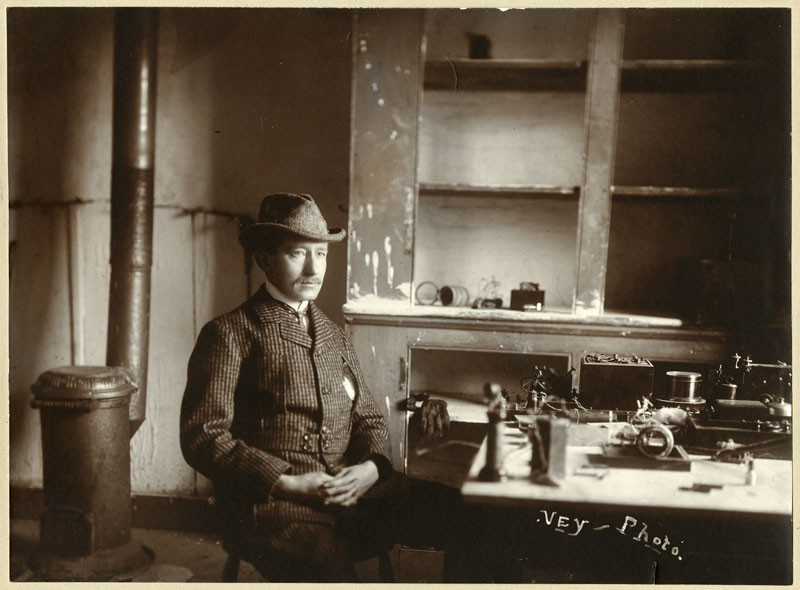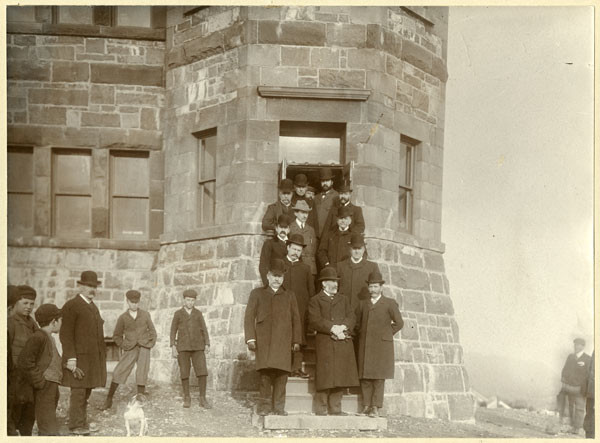St. John’s
When Marconi first came to Newfoundland in 1901, he could not use Cabot Tower for his wireless experiments. This was because of the monopoly held by the Anglo-American Telegraph Company (AATC). Once the monopoly expired, the building atop Signal Hill became a prime location for a station.
The Newfoundland government considered upgrading the station as early as 1911. However, they did not go through with improvements until 1933. This wireless station was the only one in Newfoundland and Labrador that had a public opening ceremony. That was no doubt because of its connection to wireless history and its location in the capital city.
The St. John’s station was a big investment for the Newfoundland government at the time. It was equipped with many modern features, such as a ship-to-shore telephone system and a direction-finding service. It made travelling around the Island by ship safer and easier than ever before.
The wireless station at Cabot Tower acted as a hub for other Newfoundland and Labrador stations. The CMC gave it enough range to communicate with the Labrador stations, Canada, and parts of Europe. This station is what truly connected the Labrador network to the rest of the world.
Two operators kept this station running from five a.m. to nine p.m. After the Second World War, the operators also acted as tour guides. The station remained in operation until 1960. Cabot Tower itself still stands and operates as a popular tourist destination.



